Category: The Big Picture
-
So Much Food!
Tonight, I offloaded a few photos I took over the last couple of months, documenting all the food I packed into resupply boxes. The scale is insane. [alpine-phototile-for-flickr src=”set” uid=”44265343@N00″ sid=”72157651718867796″ imgl=”flickr” style=”gallery” row=”5″ grwidth=”800″ grheight=”600″ size=”500″ num=”30″ shadow=”1″ border=”1″ align=”center” max=”100″]
-
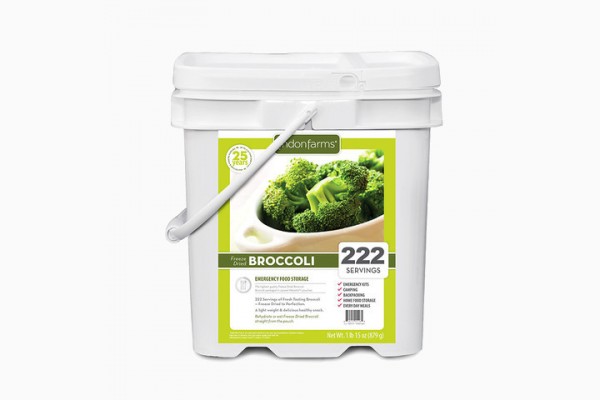
Fun Facts Discovered When Buying Food For Six Months
You can buy Nutella in tiny individual foil-top containers, perfect for the trail. They come in boxes of 120. The boxes weigh a ton. Freeze-dried ground beef is extremely calorie-rich and great for making backcountry dinners. Staring at an entire two-pound can of it is kind of disgusting. Staring at five two-pound cans of it is even…
-
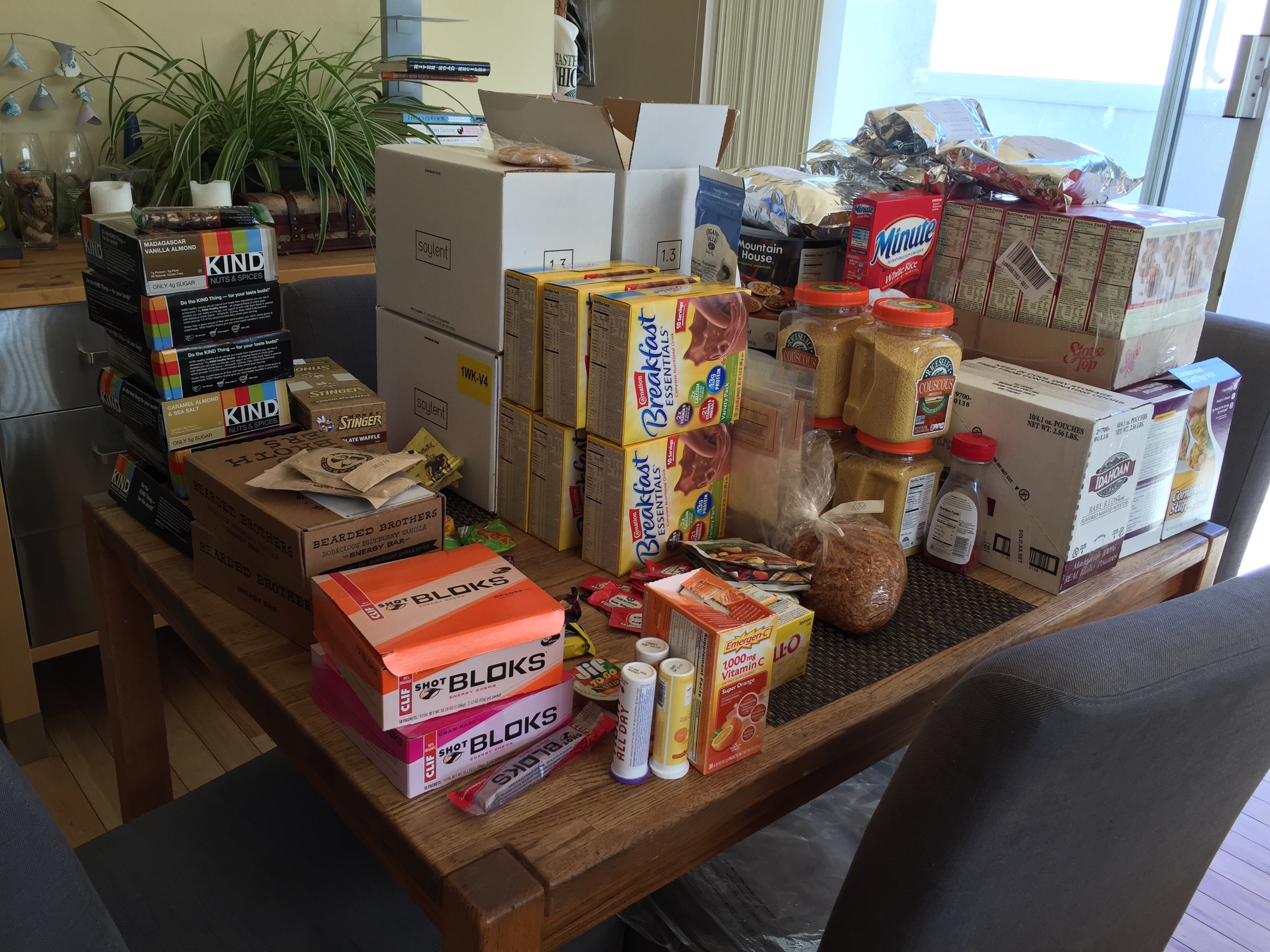
I’d Like 240 Granola Bars, Please…
(The photo above of the table full of food is maybe one-fifth of the total food we’re bringing on this trip.) There are three big projects to tackle before a hike of this magnitude. In order of importance, you will need information, gear, and food. The first two are complex, and the Internet is full of…
-
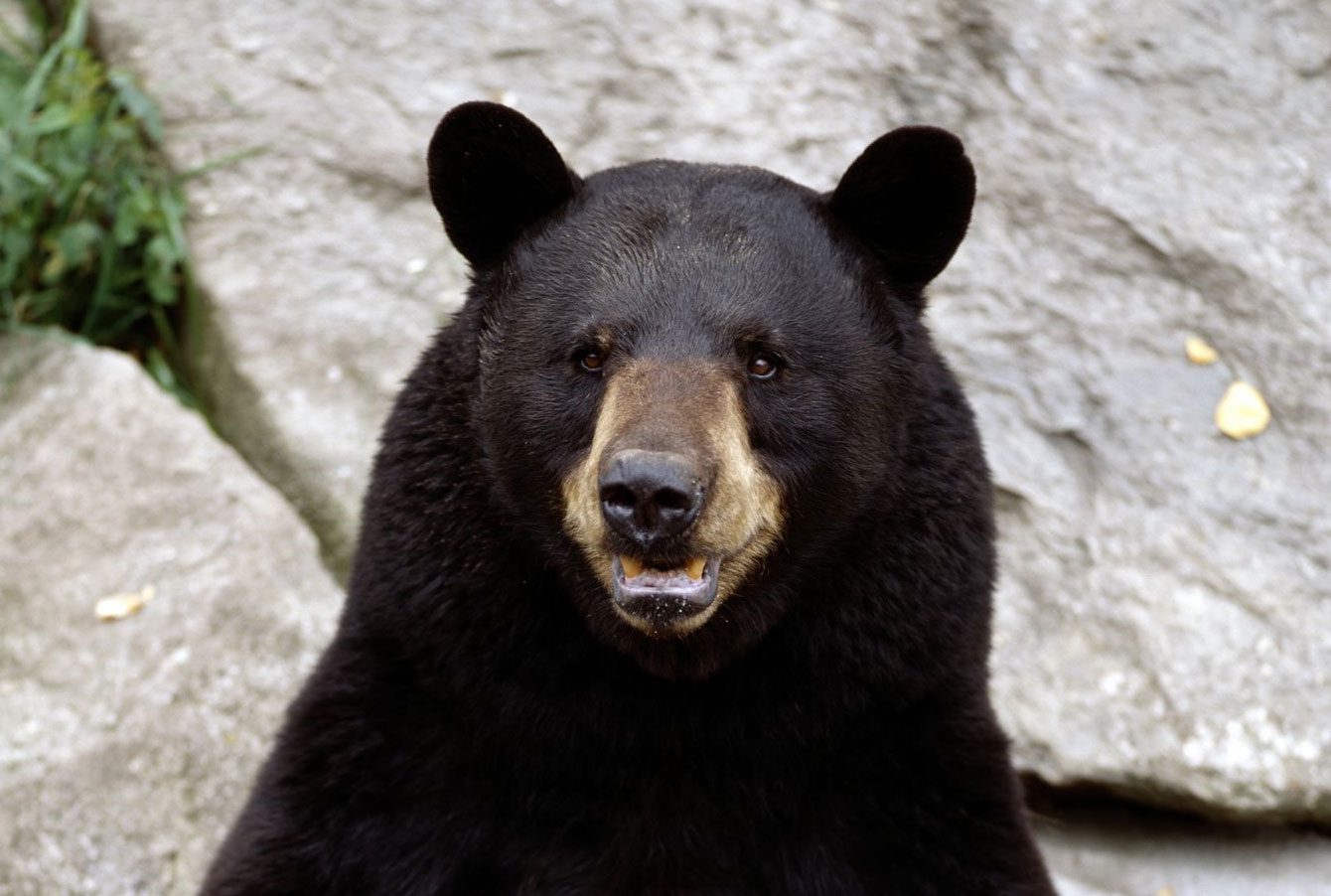
Aren’t You Afraid Of Bears?
Besides “you’re doing what?”, I’ve been asked quite a few interesting questions over the past couple of months as I talked about my plans to people. How far do you hike each day? About 21 miles, on average. This is the pace you have to keep in order to do the whole trail in a season,…
-
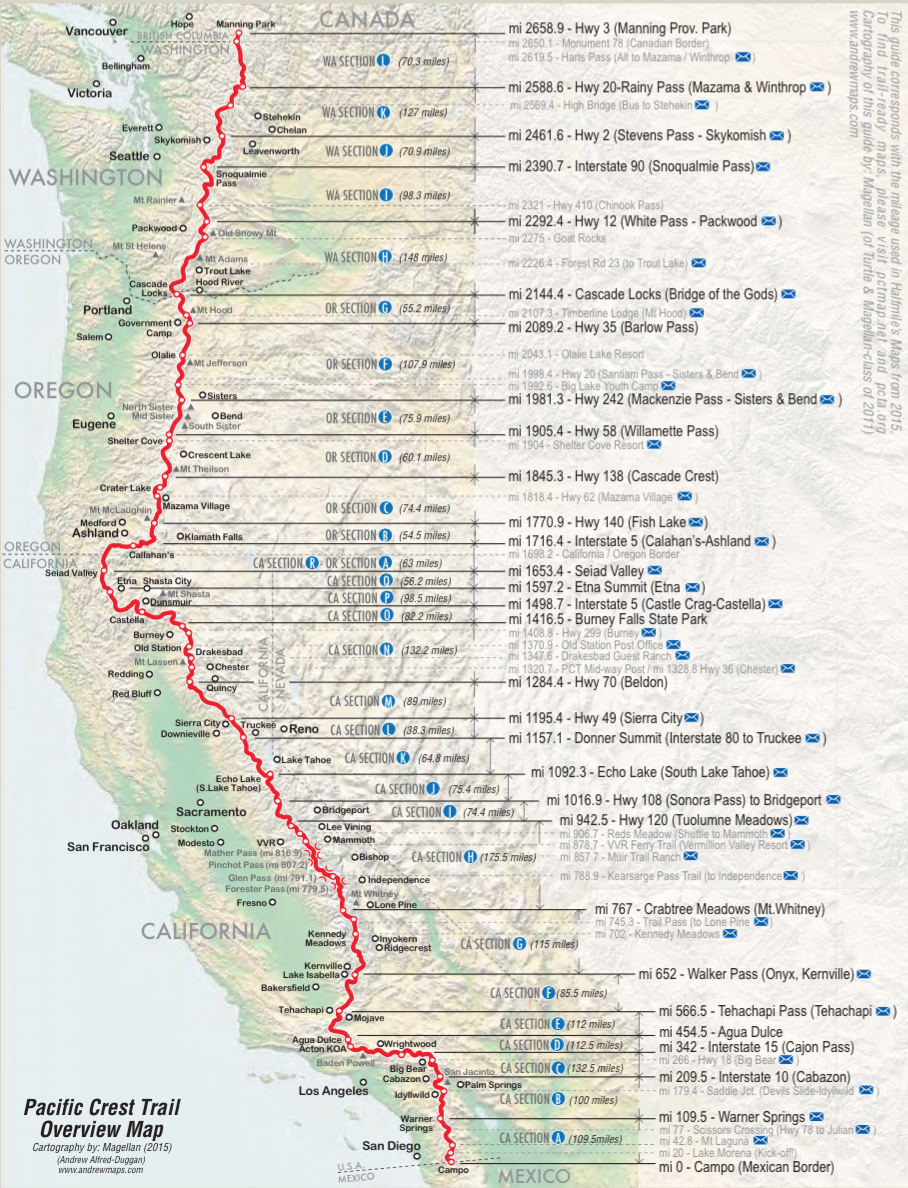
About the Pacific Crest Trail
The Pacific Crest Trail stretches from the Mexican border in southern California all the way to the Canadian border in northern Washington. En route, it covers more than 2,650 miles, from low deserts to the highest mountains. The trail begins just outside Campo, California, on the Mexican border (yes, you can touch the border wall). Nearly…
-
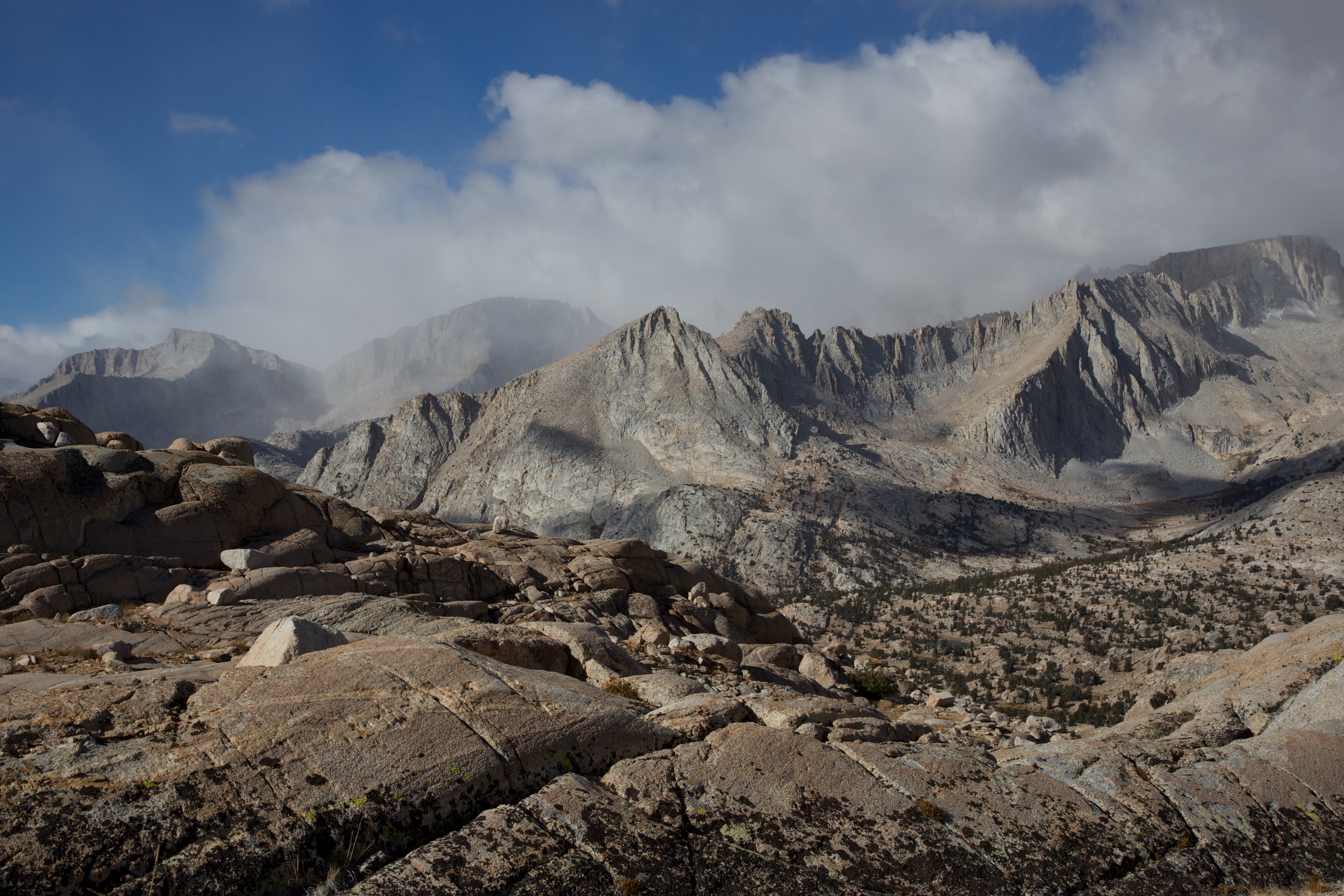
Why Hike?
Why hike? Because it’s so easy to live intellectually day-to-day — to get caught up in what comes next, to always be thinking of the future and what “could be”, instead of what is. Because when you hike, it’s sunny, or it’s raining, or it’s hot, or it’s cold, or there are mosquitoes, or it’s…